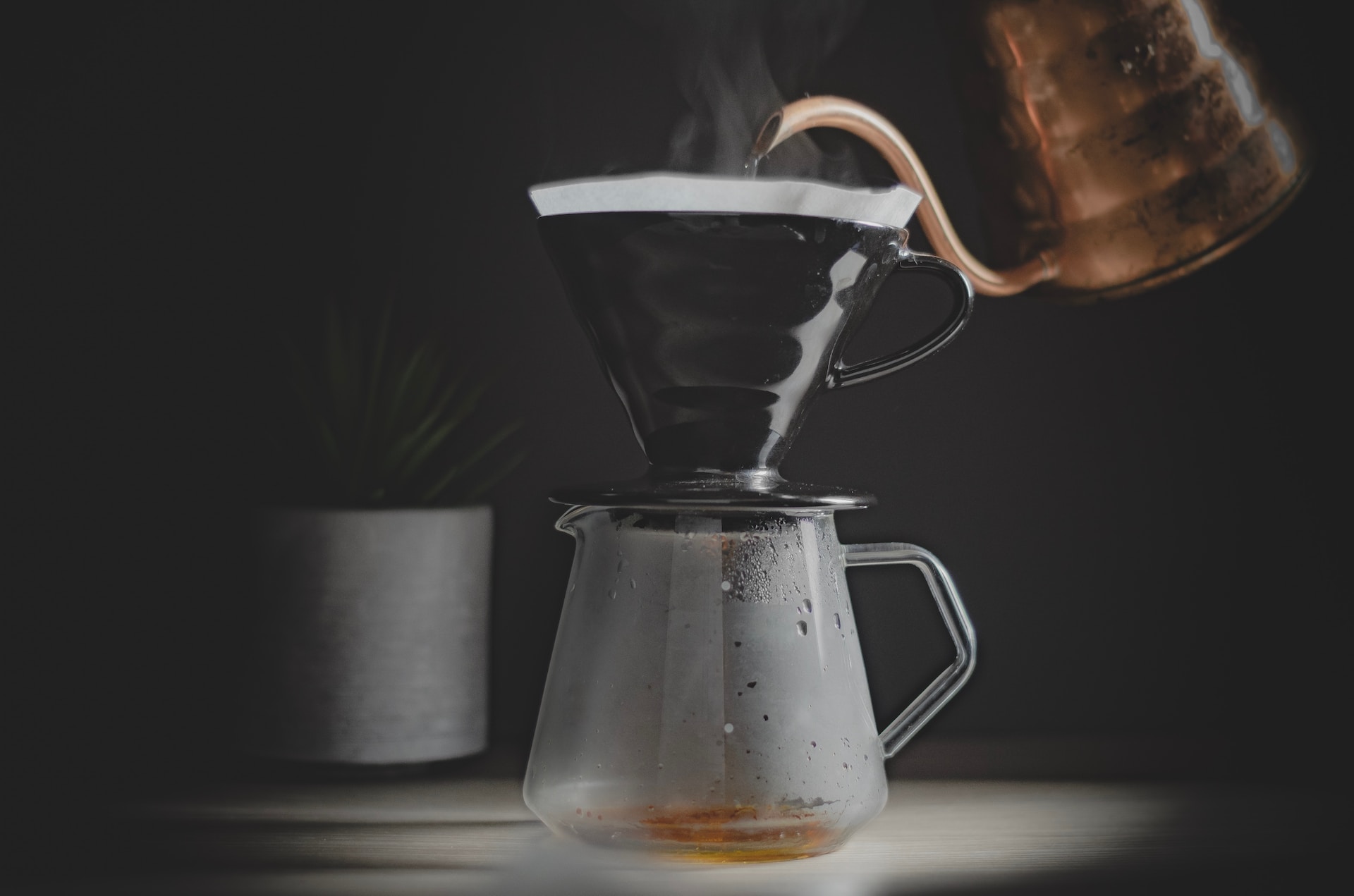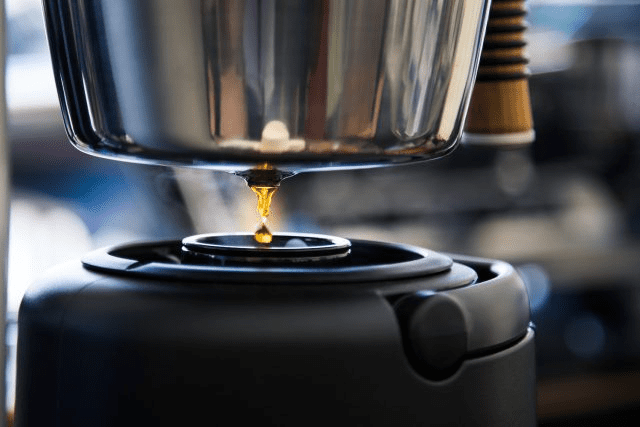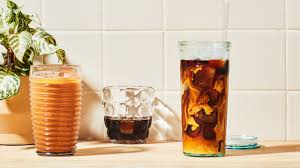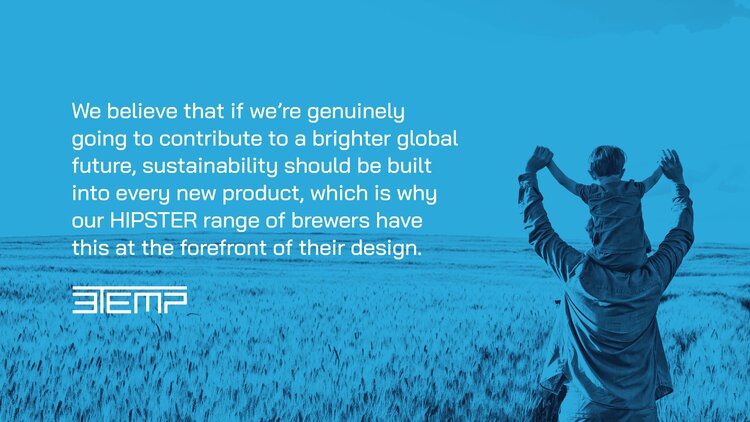Pour-over coffee has become a hallmark of coffee culture, favored by discerning baristas for its ability to unlock nuanced flavors and aromas. Yet, mastering the art of pour-over brewing is no simple feat—it requires precision, patience, and a keen understanding of the brewing process.
WHY POUR-OVER ISN’T FOR EVERYBODY
Pour-over brews usually mean small batches, and the result will be great if everything is executed correctly.
The pours should be evenly poured over the whole coffee bed, the temperature of the water should be correct, and the timing needs to be at a specific tempo, not to mention the ratio between the water and the amount of coffee. If the barista does anything else, the result immediately will result in lower quality than wanted.
There are a lot of baristas that can make magic-tasting coffee using this technique, but there are only a few of them that will do this every time. In the real world, it’s easy to get distracted, someone can be rude and talk to the barista in the middle of the brew, or the barista’s mind can be elsewhere for any reason. Sometimes the highly trained barista might be out of the coffee shop/cafe/restaurant, and you have just an ordinary person to serve the customers coffee, maybe a family member helping out or a student doing extra work. That, by the way, might be good for the business because having only highly trained baristas will cost a lot more than having some youngster helping out from time to time.
A pour-over also takes a long time, and this occupies the person brewing pour-overs, preventing them from doing other things, like talking to customers. It’s also quite exhausting and will, over many years, repeat the manoeuvres, day in and day out, causing acing shoulders etc.
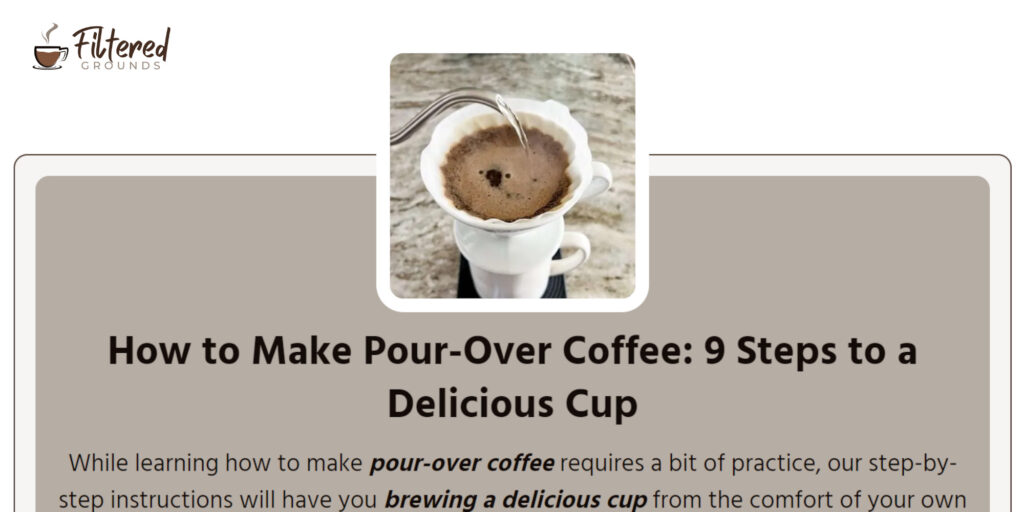
For a comprehensive exploration of pour-over coffee, we highly recommend “How to Make Pour-Over Coffee: 9 Steps to a Delicious Cup” guide by Filtered Grounds.
POUR-OVER – BREWING IN PHASES
In the procedure of making pour-over coffee, usually, the barista or the extra employee will heat fresh water from the tap, do the first pour and then make a pause, prewetting the coffee, called the pre-wet-phase, giving the water and coffee time to emerge together; every ground of the coffee shall be slightly soaked with hot water. By this, the coffee will be slightly softened and release more good stuff during the rest of the brew. The brew pause is there to let the coffee “bloom”; this pause is often called the blooming phase. The bloom makes the coffee rounder in taste and helps extract more of the good flavours from the coffee.
There are many other situations where prewet something helps, then pause, and then pour over more fluids. An example is when you wash some dirt or dried wine from a table; it also helps if the dirt or wine can be pre-wetted for a while before being washed off.
What happens when you have a kettle of hot water in your hand? Your hand will be slightly tired, and the water will get colder.
In the next phase, the extraction phase, the barista pours some more water over the coffee bed and takes a new pause letting the water flow evenly through the coffee into the kettle beneath. This procedure is then performed until the exact amount of water is poured, using several iterations of pours and pauses.
The temperature of the water, if the kettle is not reheated, will change during this procedure always decrease. This is the physics of heated fluids; they get colder when stored at room temperature.
When making coffee, this phenomenon doesn’t need to be wrong because, at the end of the brew, the end-phase, most of the good tastes are already extracted, and the more bitter, heartburn-giving chemicals start to dissolve. At lower temperatures, this reaction is slowed down, and not as many of those chemicals will be transferred into the vessel of brewed coffee. But if the water gets too cold, the dissolving of the good tastes also will decrease to mush, and an under-extraction will occur.
As mentioned earlier in this article, the result often tastes excellent, but at the same time, the brews are usually pretty small in volume. The pour-over brews must be repeated to almost every customer.
THE 3TEMP PROFILE BREWERS – MAKE POUR-OVER EASY
The pour-over brewers and the 3TEMP system is the perfect solution. Let the professional barista program the brewer and set the pre-brew amount of water, the temperature of the pre-brew, the wanted ratio of coffee/water, the blooming delay, and the number of pours to be in the extraction and end phase. Even to precisely set the water temperature in those phases separately. The HIPSTER brewer doesn’t have any pre-heated water. It always brews on freshly heated water, making all the wanted minerals and all the free oxygen in the water reach the coffee.
When this is done, the HIPSTER brewer will perform every step in a pour-over precisely the same way every time.
The 3TEMP system will take care of the boring repeating choirs doing pours and pauses, controlling the temperature in every part of the brew. Amounts, ratios and timings are no longer an issue; no worries, a HIPSTER brewer never has its mindset elsewhere.
It might, if you want, be the end of small pour-overs, as the brewer can brew from one cup (V60) up to one gallon (ca 3.8 litres) of perfectly brewed pour-over coffee in every batch. And it doesn’t end here. The HIPSTER brewer can also brew cold brew (or cold drip) coffee up to one gallon in 20-25 minutes.
Probably the best thing is that anyone can brew the perfect batch, the barista or the family member; it’s just to measure up the coffee, pour it into the paper filter, load up, select the desired brew profile and press start. The HIPSTER will then do exactly what the barista has programmed, every time, every day.
But what if no barista can set the profile?
No worries here, either. The HIPSTER brewers are connected to our 3TEMP.ONLINE online support platform, our experts gladly help set your profiles remotely, precisely as you want the coffee at your place, where ever you are. Here you also can follow the brews, read out statistics or let the brewer inform the world about what and when you are brewing. Actually, the brewer is in your control, 100%, where ever you are.
The 3TEMP system has complete control of the temperatures via the patented heating control and doesn’t waste any energy when not brewing as it is tankless.
We could go on talking about design and space-saving, but that’s another story…
That’s what we call

